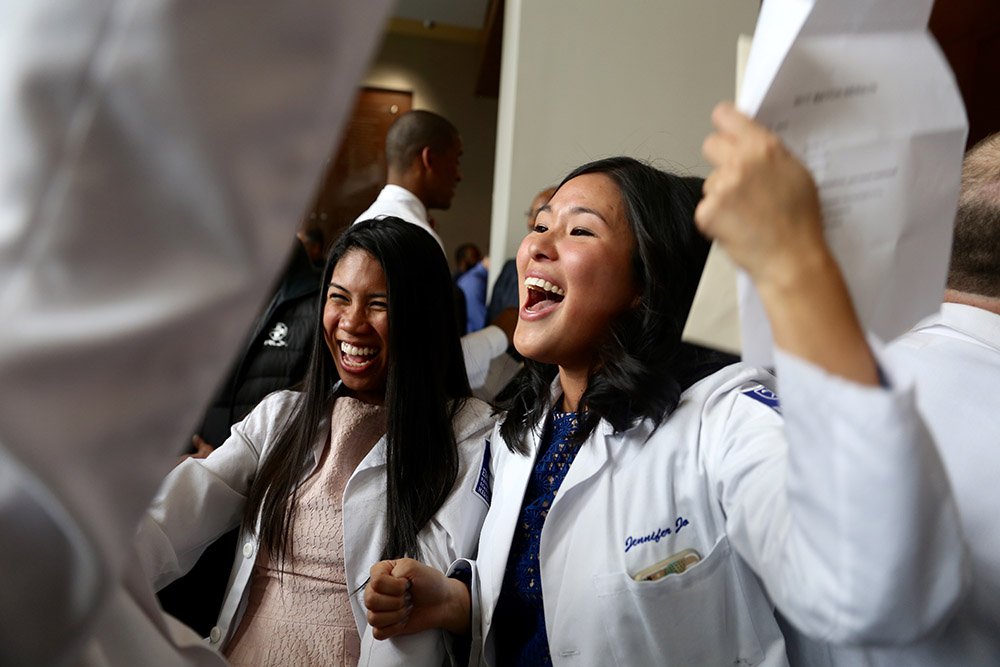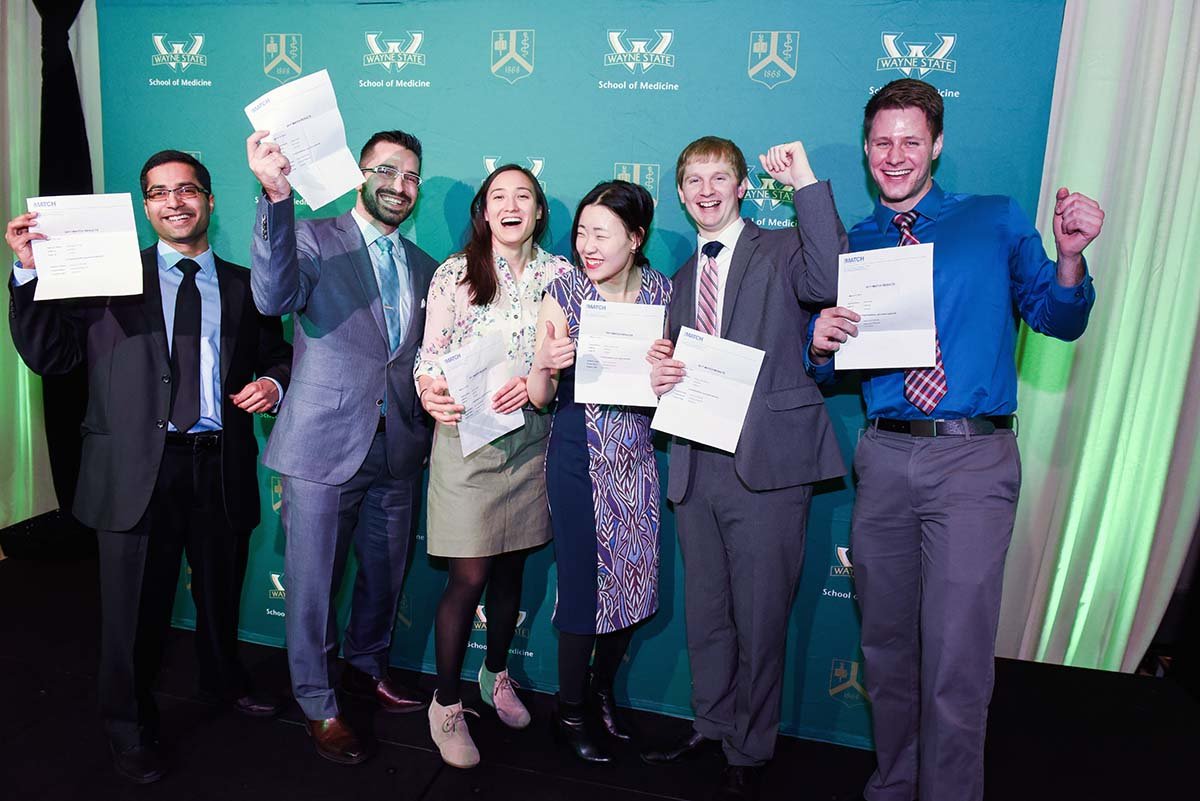
Every year in mid-March, tens of thousands of medical students tear open envelopes and learn where they will be completing the next phase of their professional training. Check out some lesser-known facts behind The Match® as future physicians eagerly await this upcoming rite of passage.
- The Match® runs on a Nobel Prize-winning formula. In the 1960s, Lloyd Shapley and David Gale developed the “stable marriage” algorithm, which ensured the most stable matches for a given a set of agents. In the 1980s, Alvin Roth found that the success of the algorithm used by the National Resident Matching Program (NRMP)® was due in large part to its basis on the Gale-Shapley algorithm. In 2012, Shapley and Roth were awarded the Sveriges Riksbank Prize in Economic Sciences in Memory of Alfred Nobel for their work in this regard.
- Federal support for residency slots is capped. The number of residency positions supported by Medicare has been frozen since 1997. Teaching hospitals are currently training more than 13,000 residents above those caps, for which they receive no federal support.
- There is more than one match. The Main Residency Match®, run by the NRMP®, is by far the largest, but other matches exist for certain specialties, such as urology, and there are separate matches for positions in the U.S. military services.
- Matches for matches. Any two applicants can participate in the Main Residency Match® as a couple. Each submits a rank order list and the algorithm treats those lists as a pair for the purposes of matching.

Match Day 2017 at Wayne State University School of Medicine. Wayne State University School of Medicine - Home, sweet match. According to the AAMC Report on Residents, just over half (54.2%) of the individuals who completed residency training from 2008 through 2017 are practicing in the state where they trained.
- Are any positions unfilled? Eligible students who don’t match to a residency program, as well as those who match for only part of their training, can participate in the Supplemental Offer and Acceptance Program (SOAP)® to try to obtain an unfilled residency position.
- Matching demand for doctors. As part of its multipronged approach to alleviating the physician shortage, the AAMC has endorsed legislation that would provide a modest increase in the number of Medicare-supported residency positions by adding 15,000 slots over five years.
- 3, 5, and possibly 11. Residency programs vary in length, with most lasting three to five years. However, subspecialty training can extend the period to as long as 11 years after medical school.